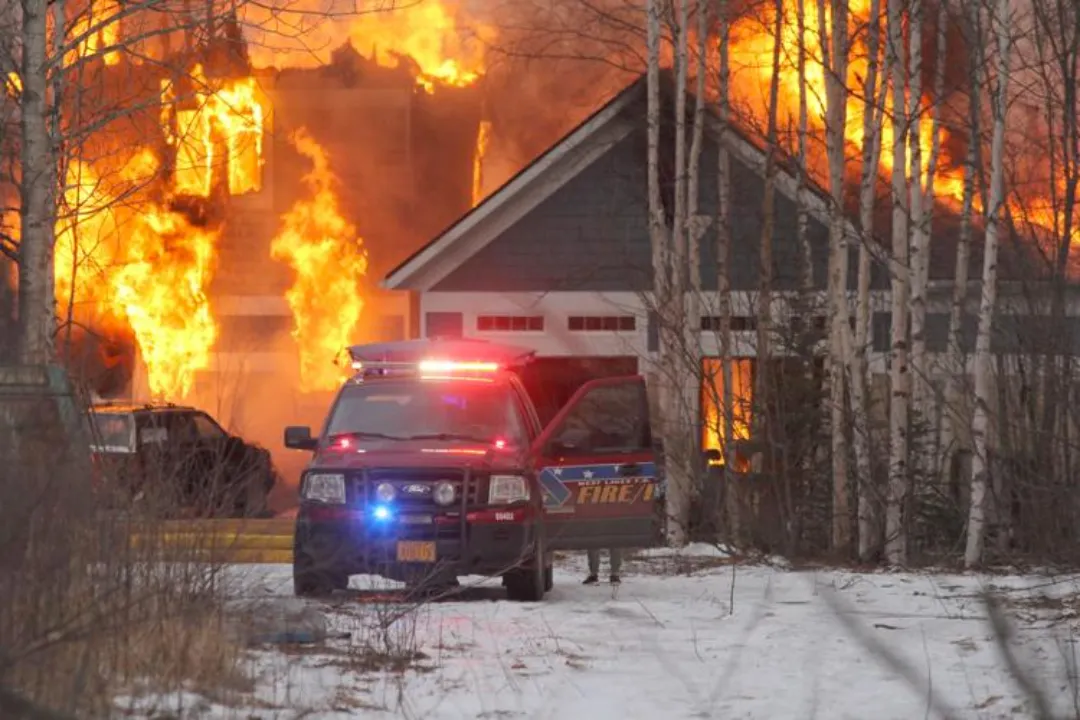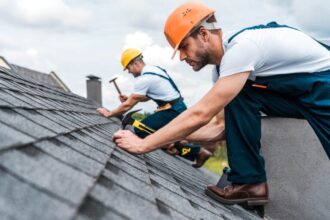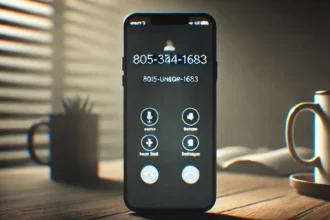While the road to recovery may feel overwhelming, it is possible—with the right knowledge and professional support. This comprehensive guide walks you through the process of restoring a fire-damaged property step by step, including emergency response, cleanup, structural repairs, and long-term safety measures.
The Immediate Impact of Fire
Fires do far more than burn materials. They cause a wide range of damage through:
- Direct flame contact, which destroys materials like wood, insulation, and fabric
- Smoke and soot infiltration, which spreads toxic residue throughout the structure
- Water damage from firefighting efforts, often leading to mold or structural issues
- Odor penetration, particularly into soft materials like carpet, upholstery, and drywall
Even small fires that are extinguished quickly can create lasting damage that affects indoor air quality and structural integrity.
Safety First: What to Do Immediately After a Fire
Before beginning any restoration work, it’s critical to ensure the environment is safe. Take these steps as soon as emergency crews have cleared the scene:
- Do not re-enter the property until given clearance by fire officials or building inspectors.
- Turn off utilities if they haven’t already been shut down. Fire can compromise electrical and gas systems.
- Document the damage with photos and video before any cleanup begins.
Contact your insurance company to initiate the claims process. - Secure the property by boarding up windows, tarping the roof, and locking entrances to prevent vandalism or further damage.
If the fire has made the property uninhabitable, arrange for temporary housing and gather essential items.
The Assessment Phase: Evaluating Fire and Smoke Damage
Once the property is safe, the next step is a comprehensive inspection to determine the scope of the damage. This includes:
- Structural assessment to check the integrity of walls, ceilings, floors, and support beams
- Soot and residue analysis to identify the type of smoke damage (wet, dry, or protein-based)
- Odor penetration evaluation, especially in insulation, carpets, and HVAC systems
Water and mold inspection to address secondary damage from extinguishing efforts
This assessment should be performed by licensed professionals who specialize in fire damage restoration. Their report will help determine what can be cleaned, what must be replaced, and how to move forward.
The Fire Damage Restoration Process
Restoring a property after fire damage is not a simple cleanup job. It requires a systematic approach and specialized equipment to fully eliminate health hazards and bring the space back to a livable or operable condition. Here’s a breakdown of the restoration phases:
1. Emergency Mitigation and Debris Removal
The firt priority is to stabilize the site and prevent further deterioration. This includes:
- Removing burned and unsalvageable materials
- Pumping out standing water and drying affected areas
- Installing temporary supports, if necessary, to prevent collapse
- Extracting items that can potentially be cleaned or restored
2. Smoke and Soot Cleanup
Smoke damage is insidious and spreads far beyond the flames. Specialized tools and techniques are used to remove soot from:
- Walls, ceilings, and floors
- HVAC systems and ductwork
- Furniture, electronics, and textiles
- Light fixtures and plumbing
Dry sponges, HEPA vacuums, air scrubbers, and chemical cleaners are often used to safely extract soot without spreading contaminants further.
3. Odor Elimination
Smoke odor can linger indefinitely if not properly treated. Restoration teams use:
- Ozone generators to oxidize odor-causing particles
Thermal foggers to neutralize odors in soft materials - Encapsulation techniques for sealing surfaces that have absorbed smoke
Odor control is not just about comfort—it’s also a health concern, especially for children, elderly occupants, and those with respiratory issues.
4. Structural Repairs and Rebuild
After the property is cleaned and deodorized, the restoration phase begins. This can include:
- Replacing drywall, flooring, ceilings, and insulation
Repairing or replacing damaged electrical, HVAC, and plumbing systems
Painting and refinishing surfaces - Installing new cabinetry, fixtures, and finishes
Depending on the severity of the fire, this stage can take weeks to months, particularly if permits and inspections are required.
Salvaging and Restoring Personal Belongings
Many personal items damaged by fire can be restored with the right treatment, including:
- Electronics: Specialized cleaning can remove soot and prevent corrosion, though not all devices will be recoverable.
- Documents and photos: Freeze-drying and vacuum sealing can help preserve or digitize irreplaceable materials.
- Furniture and textiles: Deep cleaning and deodorizing processes can often save sofas, rugs, and mattresses.
- Clothing: Commercial-grade laundry systems remove soot and odor from washable garments.
It’s important to act quickly, as the longer items remain exposed to soot and moisture, the harder they are to save.
The Role of Insurance in Fire RecoveryMost property insurance policies cover fire damage, but the claims process can be complex and time-sensitive. To streamline your experience:
- Contact your insurer immediately to report the incident
- Keep detailed records of all damages, including written inventories and images
- Save all receipts related to restoration, temporary housing, and emergency expenses
- Request a claims adjuster to inspect the property as soon as possible
- Work with a restoration provider who understands insurance documentation and can advocate on your behalf
Choosing a contractor experienced in fire damage restoration can help bridge the gap between your insurer and your recovery needs.
Health and Environmental Considerations
Beyond visible destruction, fire leaves behind hazardous residue and compromised air quality. Common concerns include:
- Toxic particles from burned plastics, chemicals, and building materials
Mold growth from leftover moisture - Asbestos exposure in older buildings
- Lead contamination in painted surfaces
Professional restoration includes indoor air testing, personal protective equipment (PPE), and safe disposal methods to ensure that your property is not just clean, but healthy.
Common Mistakes to Avoid After a Fire
In the chaos that follows a fire, many property owners make avoidable missteps. Here are a few to steer clear of:
- Delaying cleanup: Smoke damage worsens every day it’s left untreated.
- DIY cleaning: Household cleaners can smear soot or damage surfaces.
- Throwing everything away: Many items can be cleaned and restored.
- Choosing the cheapest contractor: Restoration is a specialized service that requires certification and expertise.
- Skipping documentation: Insurance claims depend on proof and paperwork.
Trusting professionals and staying organized can make a difficult situation far more manageable.
Preventing Future Fires
While not all fires are avoidable, many common causes can be mitigated with good practices:
- Install and test smoke alarms regularly
- Avoid overloading electrical circuits
- Keep flammable items away from heat sources
- Clean dryer vents, chimneys, and HVAC systems regularly
- Store fire extinguishers in key locations
- Develop and practice an emergency evacuation plan
Investing in prevention is the best way to protect your property and the people inside it.
Conclusion
Recovering from a fire is a deeply emotional and logistical challenge, but it’s not one you have to face alone. With quick action, expert help, and a clear plan, your property—and your peace of mind—can be fully restored.The process of fire damage restoration in Boulder city involves more than cleanup and construction. It’s about reclaiming your space, preserving your belongings, and creating a safe, welcoming environment once again. While every situation is unique, the principles of fast response, professional care, and thorough restoration remain the same.Whether the fire was large or small, accidental or natural, recovery is possible—and with the right support, it can be more efficient and less overwhelming than you might expect.














